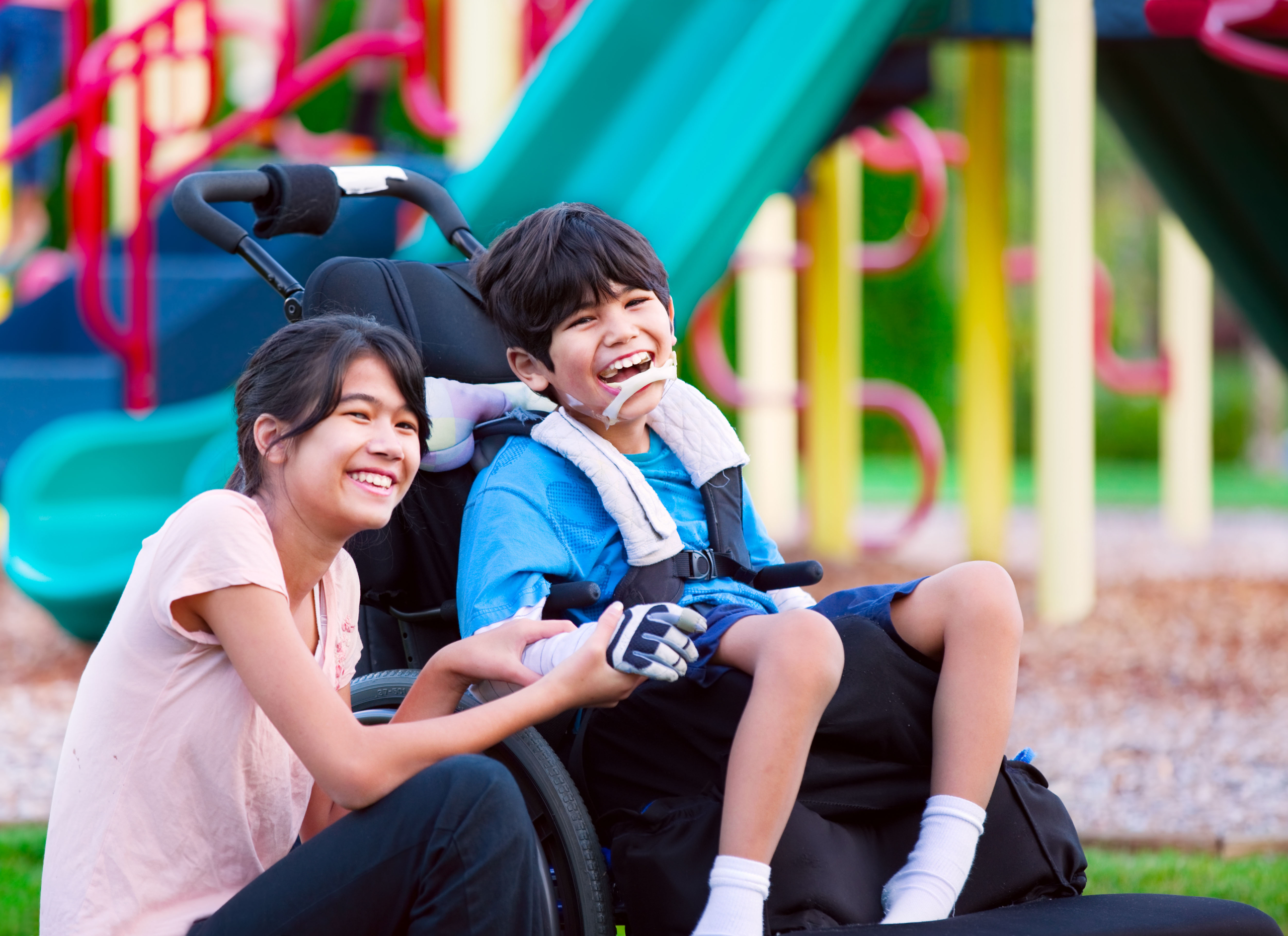How Do Playground Designers Make Playgrounds Inclusive?
Inclusivity in the playground design space has come a long way over the years, consistently leading to more people being able to join in on the fun. Of course, there are still areas for improvement. With the right approach, it’s always possible to build inclusive spaces. Here’s a brief look at some of the many simple ways playground designers suggest making playgrounds more inclusive. Feel free to reach out if you have any questions or concerns or want to speak with pro designers.
Inclusivity Starts Outside of the Playground
Before getting to the playground itself, it’s important to remember that playgrounds and other such spaces are meant to be integrated into the community. As such, if you want your playground to offer inclusivity, it’s smart to make sure that people can access it from the very beginning—in this case, in the parking lot. Of course, not everyone has a car, so it’s also smart to make sure that people can access the playground on foot. If you build a playground far away from footpaths and sidewalks, it can be difficult for people without vehicles to access the space.
Ultimately, the more access, the better. This is especially true given that, according to the National Recreation and Park Association, visitation to parks and playgrounds increased by nearly 300% after pandemic stay-at-home orders were eased! People young and old love playgrounds, so it’s important to make them accessible to everyone.
Providing Restrooms Is Smart
Folks who suffer from limited mobility or who are undergoing complicated medical treatments often need easy access to a bathroom. Fortunately, with portable toilet rentals, it’s pretty easy for playground designers to include bathrooms in playground designs. Make sure they’re accessible, and you’ll be sure to have more visitors feel comfortable enough to make return visits and spend time enjoying the space.
Consider Physical Challenges During the Design Process
One of the best ways to increase inclusivity is to design playground equipment that increases accessibility. For example, instead of using stairs, you might use ramps to develop pathways up and down. We also recommend that you design passageways and the like to be wider so that kids in wheelchairs can get around more easily. Simple considerations like these make all the difference. Offering lots of grips and handrails will also make it easier for people with limited mobility to get around.
This is just a few of the many ways playground designers make playgrounds more inclusive. If you have any further questions, feel free to get in touch. Our team at Learning Landscapes Design is here to help.



